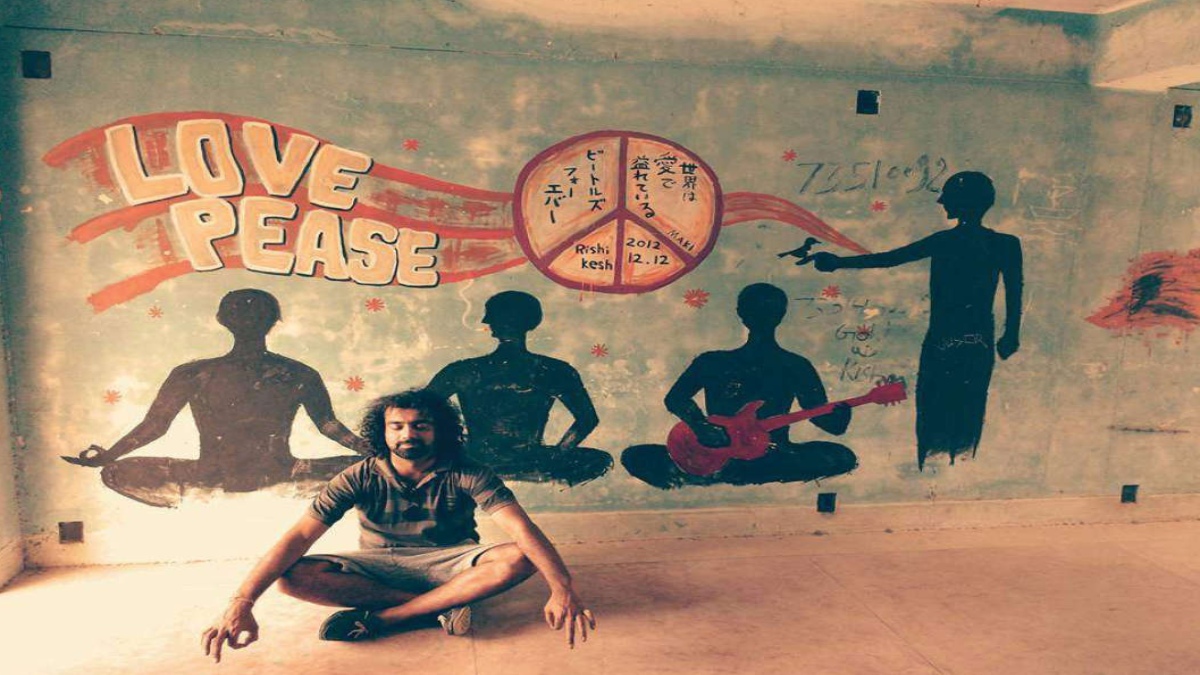Ever since its Indian premiere at the Brahmaputra Valley Film Festival in December 2018, Abhimanyu Kukreja’s documentary film “Rockumentary: Evolution of Indian Rock” has managed to stay in the news, winning several accolades at film festivals across India, the USA and Europe. Despite the film’s success, Abhimanyu always had his eyes set on a digital release as it’s very rare for a documentary in India to get a theatrical release. But in a post-lockdown world witnessing fast-changing paradigms on the long road to recovery, the theatrical release has finally become a reality for Abhimanyu.


It all started with a 24-minute documentary titled “Rockumentary: Becoming of Indian Rock” that Abhimanyu made while working as an entertainment journalist for a news channel back in 2008. The underlying idea was to document the development of rock music in India. When Abhimanyu first started the research there wasn’t even a Wikipedia page on Indian rock. Today, of course, there exists a full-fledged page. So, all the interviews that Abhimanyu conducted with the musicians were through word of mouth. He had to do lots of location recces and trails with artists. Naturally, he didn’t go to them straightaway carrying a camera. At first, he had convinced the musicians to trust him with the treasures of their lives.
From 2008 to 2012, he was researching and simultaneously trying to convince the bands to talk to him. In 2012, he finally found a couple of co-producers who were willing to fund the project and so that’s when the actual shooting started. Finally out in its finished form, “Rockumentary: Evolution of Indian Rock” is told through eight sprawling chapters spread across eight decades starting with the 1930s. It unfolds at a breezy pace as Abhimanyu takes us on a roller coaster ride replete with priceless conversations with the likes of Louiz Banks, Lou Majaw, Susmit Bose, Bobby Cash, Gary Lawyer, Rahul Ram, Moa Subong, Subir Malik, Tipriti Kharbangar, Rudy Wallang, Luke Kenny, Usha Uthup, and Imtiaz Ali, among others.
The first chapter opens in the 1930s when a Gorkha musician named George Banks moves to India from Nepal and joins world-renowned American jazz pianist Teddy Weatherford’s band as a trumpeter in Kolkata (erstwhile Calcutta). The legendary George Banks’ virtuoso son Louiz Banks himself narrates the entire sequence of events starting with the ‘30s to the ‘50-‘60s when Kolkata’s Park Street becomes the undisputed home of rock music in India thanks to the phenomenon called Elvis Presley. Presley inspired the likes of Iqbal Singh, the tall and handsome turbaned Sikh singing and dancing with aplomb, who not only earned the sobriquet of ‘Indian Elvis’ but also went on to cast a spell on the legendary music director duo of Shankar-Jaikishan, compelling them to launch him as a rock and roll sensation in a Hindi film. But everything changed in the ‘70s with the departure of the Anglo-Indian clientele from India trigged by various socio-political changes in Kolkata at the turn of the decade.
The Beatles’ famous trip to an ashram in Rishikesh naturally finds an important place in the documentary as Abhimanyu himself takes an adventurous ride on his two-wheeler to Maharishi Mahesh Yogi’s ashram in an attempt to trace the iconic band’s exploits during their stay in India. The documentary film also introduces us to the rise of Atomic Forest, India’s first psychedelic and hard rock band, in the early-1970s. We are also introduced to All-India Simla Beat battle of the band’s contests held in 1970 and 1971 that resulted in Simla Beat 70/71—a garage rock compilation issued by Normal Records consisting of recordings of the bands which attended the annual events.
The documentary also explores the subgenres of rock and roll that have evolved over the years with many upcoming local banks in different parts of the country exploring hitherto uncharted territories. We are introduced to folk-rock, Hindi rock, and various regional forms of non-English rock in India. During his visit to Shillong, Abhimanyu learns that Shillong’s description as India’s rock capital is highly misplaced. He interviews a bunch of local musicians who tell him that Shillong is actually home to various genres such as country music, blues, etc. and so to narrow it down to rock music isn’t fair at all. As a matter of fact, Soulmate, the best blues band of India, belongs to Shillong.
The film must be commended for its encyclopedic scope and rich historic detail. Some other important bands to feature in the documentary include Avial, Agnee, Blue Temptation, The Local Train, The Vinyl Records, The Circus, Undying Inc, Peter Cat Recording Company, and Summersalt, among others. An interesting recurring motif in Abhimanyu’s film is the exploration of historically iconic venues such as Rang Bhavan and Slip Disc in recent times or the restaurants in Park Street, Kolkata like Trincas, Mocambo, and Blue Fox during the early days of rock and roll in India. Some of these venues have gone defunct owing to various reasons while others have endured in one form or the other. Abhimanyu ends the documentary with the hope of expanding it into an exhaustive documentary series on Indian rock.























